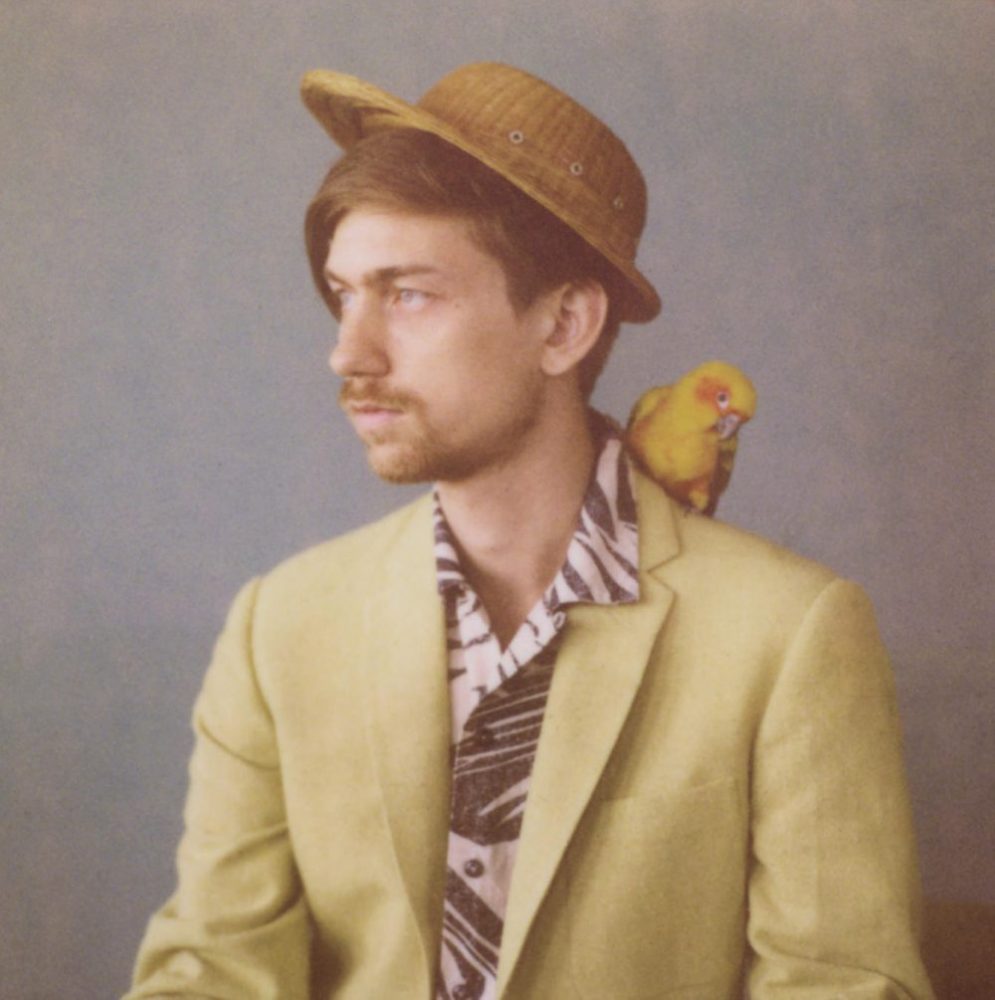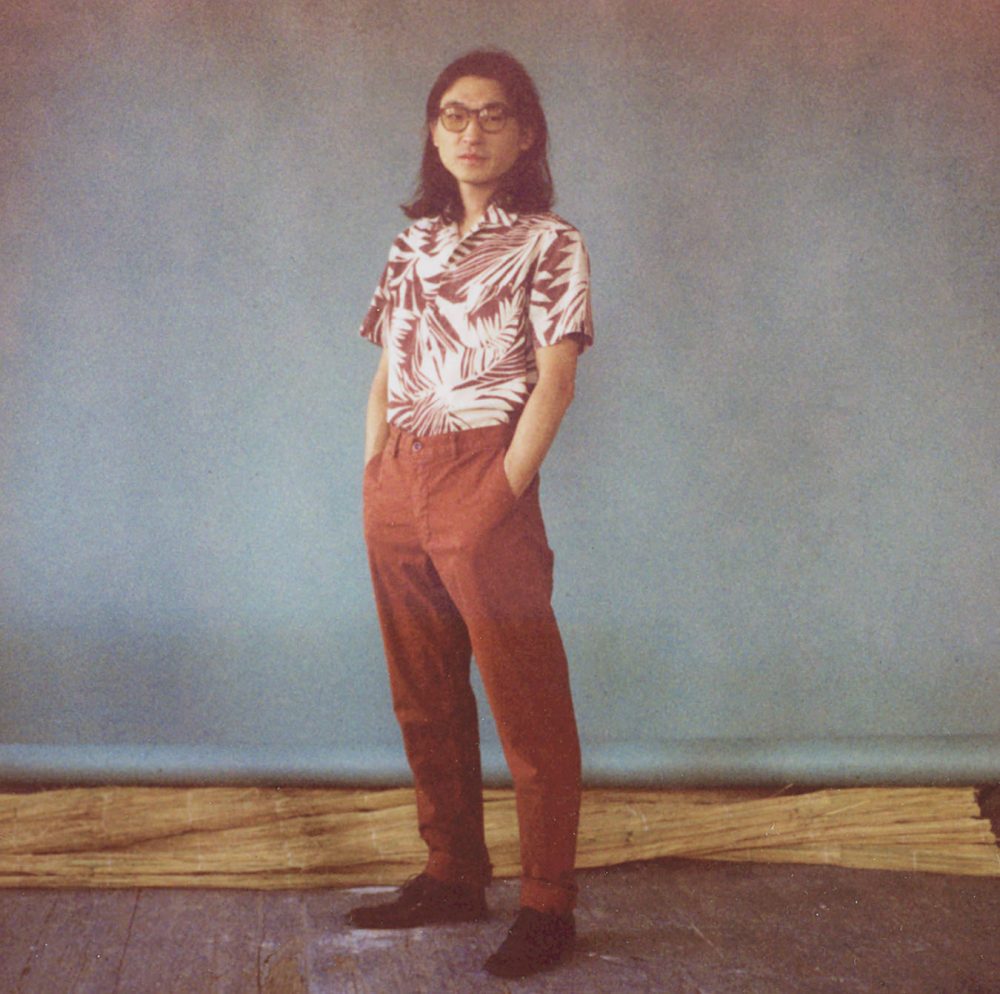What’s in a name? For Dana Lee, a lot. It has been six seasons since she launched her eponymous menswear fashion brand and six years since she first moved to New York, portfolio in hand, trying to make a go of it there. On a visit back to her hometown of Vancouver, Lee sits comfortably at a sturdy wooden table in a friend’s top-floor Strathcona studio. Here, the door to the rooftop patio is open, letting a halcyon breeze and tawny light pour in as she reflects on the trajectory of her career thus far as a fashion designer.
Lee grew up in North Vancouver, and studied at the University of British Columbia and then in the fashion program at Kwantlen University College (now Kwantlen Polytechnic University). Shortly after that ended, she travelled to the U.K. and Finland, eventually settling in New York. “I wanted to move to New York so badly,” Lee remembers. “I wanted to do menswear but was so shy at the time that I didn’t want to use my own name. And just to be a girl doing menswear—instead, I used the name of my boyfriend at the time.” Although Lee disbanded the collection shortly thereafter, the move to New York mayhave been one of the best decisions she ever made.
“There have been a lot of other challenges, but from day one I’ve had a presence in New York,” Lee says. “It made it easy for people to come and see the work, and to create a community around it.” She launched a second label called the A–Z Collection to great reception; not many designers can count New York’s Opening Ceremony or Paris’s Surface to Air as stockists in their first season. “I had about 12 really good stores internationally, in Canada and the U.S. and Paris and Japan. I just kind of scrambled as I figured things out, and by the end of five seasons, when I finally knew what I was doing, I decided that I didn’t really want to be doing that anymore. So that was the end of that.”
The limitations of the brand were something she could only discover after having reached them; she felt the elementary A–Z concept constrained her, and wanted to create something more lasting. “When you first start out, you want to do something that really cuts through and makes a statement,” she says. “But things always change, and if you want to do that constantly, you have to create something that’s constantly changing and hard-hitting. In the end, that’s not really me.”
In 2009, Lee’s Japanese distributor suggested that she start a new line using her own name, but the thought of it made her cringe. It made her New York showroom cringe, too; they told her no one would want to buy her brand. She did it anyway, reluctantly at first, but once the whole package came together visually, it started to make sense. Her key stockists didn’t hesitate to come on board.
“There is so much beauty in everyday passings. The way something looks under the light, the colour—I find myself pulling inspiration from that.”
“I think the continuity has always been in trying to do something really basic. That’s very much what I like, and I try to stick to what I like because it comes across the most, I don’t know, honest,” she says. “Now I really like that I’m doing a namesake brand. I like knowing that whatever you do, you’re doing the right thing, because it’s for you.”
Lee dropped her New York showroom this season and has taken on sales herself. “It’s a really nice change to be able to meet people face to face and have them in your own environment,” she says. “And the people who are selling the collection, who you bring on, their personalities sort of project what you want the brand to project.” Lee also uses friends and acquaintances as models, something she says has helped her develop the line. “You get to see what the clothes look like immediately on a variety of different, real people. I started paying more attention to a lot of guys and their personalities and how they carried themselves and what they wore. I think being a woman—a woman attracted to men—has a big influence on why some things I design look the way they do. ”
Growing up, Lee spent her time shopping at army surplus stores and thrift shops, studying how things were made. “I got really tuned into the difference between this jacket and that jacket, this zipper and that zipper. And then when I went to school, it really became apparent that’s what I should focus on. I realized how much I already knew about [men’s] clothes, so maybe that was something special I could offer.” Today, she manufactures many of her own textiles, and custom calibrates the dye formulations for each fabric to ensure the colours come out exactly as she envisions them. Colour is almost always the starting point for her. “Being so busy all the time, running around in New York and keeping things going with production in Vancouver and Toronto, has made the simple moments in life seem really special,” she says. “There is so much beauty in everyday passings. The way something looks under the light, the colour—I find myself pulling inspiration from that.”
Ink, celery, Formica tabletops, Tabasco, canaries and porcelain: these were the colour items that inspired her mid-century, tiki-themed spring/summer 2012 collection. Now having been through the cycle a few times, she sees the end presentation before she even begins the design. “There’s a lot of time put in thinking about how people will look wearing the clothes and what kind of objects can relate to them,” she says. “Then in fine tuning the textures and the stitching—all those little nuances that make something feel a certain way, or that bring out an emotion or a memory. Because I design such simple things, there’s nothing really that groundbreaking about what I do. I mean, there are some things I hope people find special about it, but that’s why the whole package is so important.”
Cool, honest and effortlessly humble—as much can be said about the clothing as the woman behind it.
Photos by Jody Rogac.










